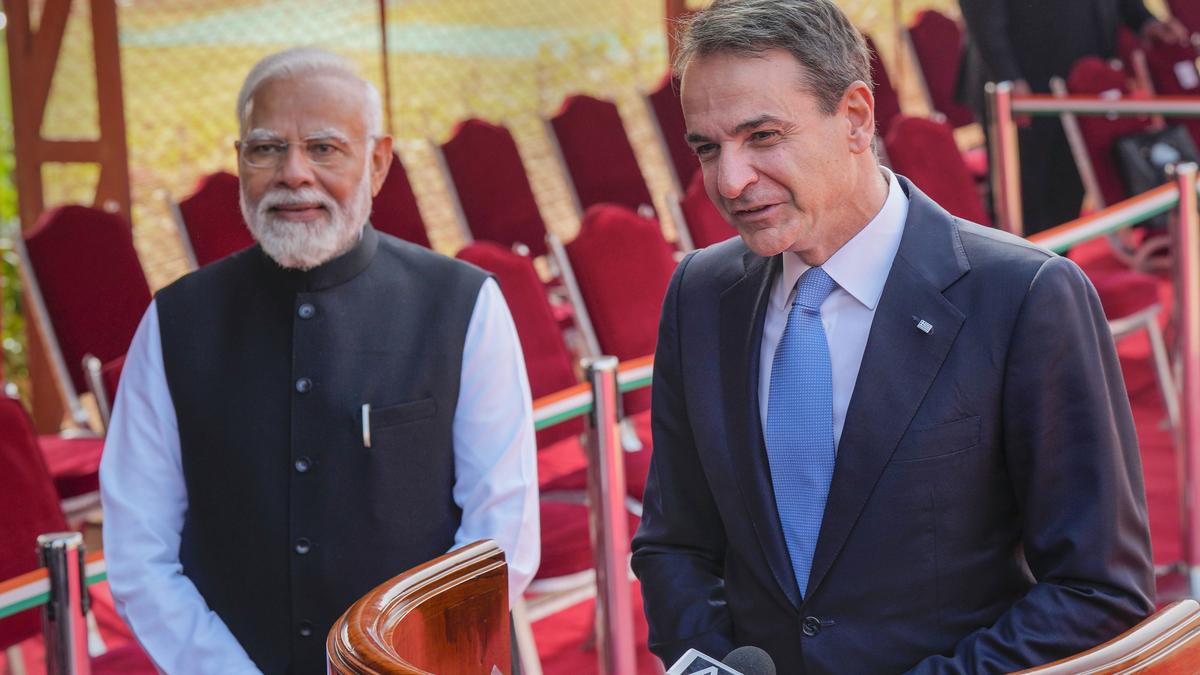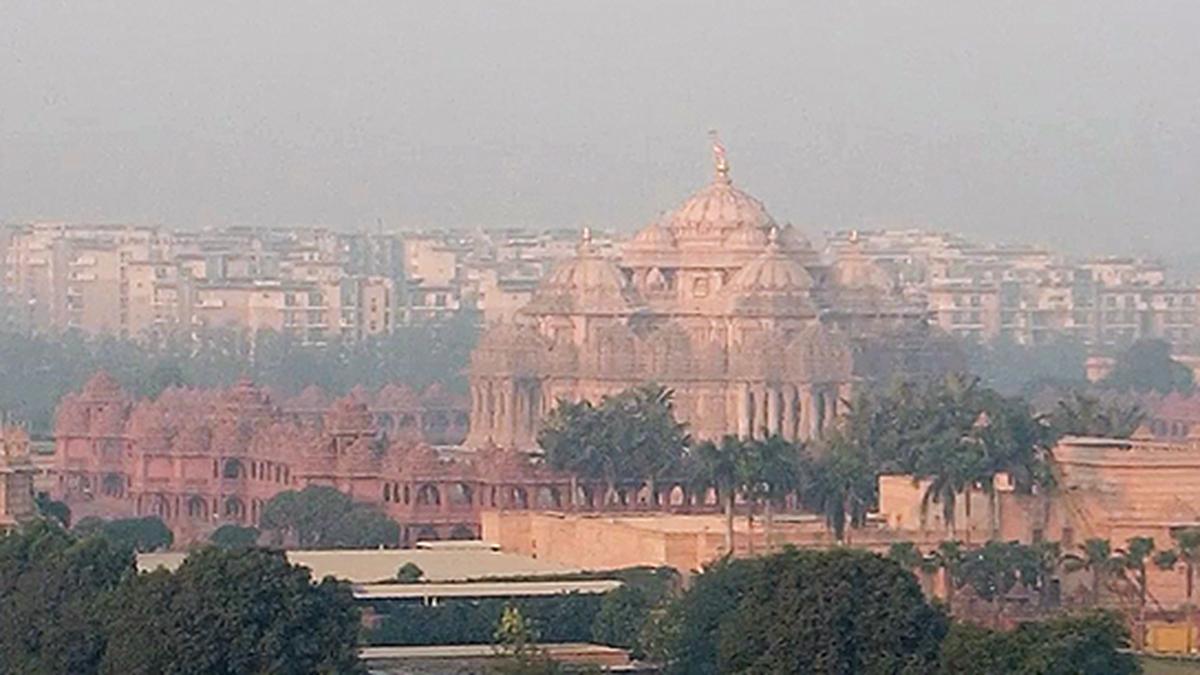With preparations in full swing for the consecration of Lord Ram’s idol in Ayodhya on January 22, 2024, News18 brings you exclusive inside details of the under-construction grand temple and Shri Ram Janmabhoomi Teerth Kshetra.
The overall area spanning 71 acres will include the Ram Mandir, covering 2.77 acres and divided into six parts, including the sanctum sanctorum and five pavilions—Gun Mandap, Rang Mandap, Nritya Mandap, Kirtan Mandap, Prarthana Mandap. The temple is designed to be 161 feet high, with three floors, each 19.5 feet.
Escaping the ‘sand trap’
The construction of the Ram temple was unique and challenging, said sources. The condition of the soil was not supportive—it was loose sand and not fit for a foundation. The best engineering minds from IITs and IIMs have been roped in to make the foundation robust so that the temple can stand for 1,000 years, officials said. The director of IIT Guwahati carried out a survey to understand the quality of the land. Almost 20,000 cubic metres of mud has been removed. 56 layers of 14 metres have been created as an artificial rock for the foundation. But the problem was that rock would absorb water. So about 17,000 blocks of granite, 21 feet in height, were used to create a robust plinth.
Stones for the temple have been brought from Bansi Paharpur village in Rajasthan’s Bharatpur district. These stones have been picked as they are carving-friendly and shine more. Close to 5 lakh sandstones will be used in the overall construction, News18 has learnt.
The sanctum sanctorum is made of Makrana marble to give a different and special look to Ram Lala’s platform.
Three different craftsmen are building an idol each, and the best one, with the “most reflection of divinity and innocence” will be picked for the temple.
Ceremonial events will begin on January 16, and around 12.20 pm on the 22nd, Prime Minister Narendra Modi will participate in the crucial moments of Pran Pratishtha (consecration), with Uttar Pradesh chief minister Yogi Adityanath, governor Anandiben Patel, Rashtriya Swayamsevak Sangh (RSS) chief Mohan Bhagwat, and Nritya Gopal Das, head of the Ram Janmabhoomi Nyas and Shri Ram Janmabhoomi Teerth Kshetra, among those expected to be present.
Southern touch
The inclusion of south Indian traditions, styles of puja, and architecture will be seen at the Ram temple. For instance, encircling percota walls, usually found in temples in the south, have been adopted here. Also, after the Pran Pratishtha, from January 23 for the next 48 days, mandal pooja will take place for which priests will come from southern India, said sources.
A museum will also be created and along with this the first floor of the temple will be the Ram Darbar. A decision on how the second floor will be used is yet to be taken, said sources.
Facilities and sustainability
- A pilgrimage facility centre has been prepared with locker services for over 25,000 devotees to keep shoes, mobile phones, purses, and bags
- A small medical centre would be present to provide any assistance needed
- Lift services will be available for the Divyangjan (differently abled people). Ramps have been prepared at the entry of the temple.
- Two sewer treatment plants have been created for Ram devotees so there is zero discharge and visitors do not put additional pressure on the drainage of Ayodhya
- A dedicated power line has been taken for the temple premises of 33KW
- The fire brigade will be able to use underground water from the reservoir when needed. Water from the river will be taken and treated and groundwater will also be used
- 50 acres of land with lush green jungle will be preserved
Percota
The temple will be encircled with 14-foot-wide percota walls, the construction of which will take almost 6-8 more months, spread over an area of 700 metres. This will be double-storeyed and the lower level of the percota will have rooms inside for official purposes and the upper level will be for parikrama.
The percota encirclement around the main structure will have temples of Gods and Goddesses including Shiva, Sun, Bhagwati, Ganesh, Hanuman, and Annapoorna.
Panchayatan, which is the worship of 5 Gods, a concept given by Shankaracharya almost 2,000 years ago, is also being included.
Other than these, more temples will be built, of Maharishis Valmiki, Vashishtha, Vishwamitra, and Agastya, as well as Nishad Raj who helped Lord Ram cross the Ganga at Shringverpur, Shabri, Ahilya, and of Jatayu at Kuber Tila.









